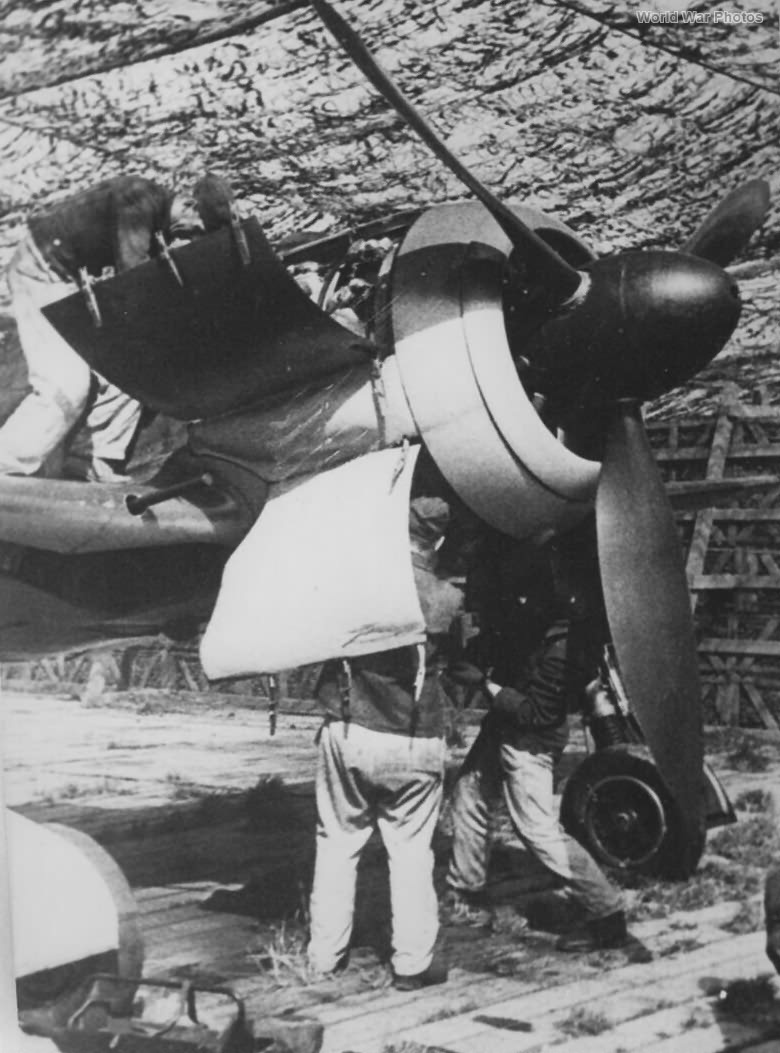To update their aircraft engine production capabilities, BMW Flugmotorenbau GmbH, which was known for manufacturing liquid-cooled 12-cylinder V-configuration powerplants, acquired a license to produce the Pratt & Whitney Hornet in 1929. The successful American design was manufactured in Germany as the BMW 114 and underwent several improvements by the German maker, including direct fuel injection, an enhanced cylinder design, a higher compression ratio, a stronger crankshaft, and a new supercharger. With these modifications, the nine-cylinder radial engine went into production as the BMW 132. In 1935, when the RLM decided to fund the production of two high-powered radial engine designs, BMW chose to produce an 18-cylinder engine by simply combining a pair of BMW 132s on a common crankshaft. This resulted in the creation of the 55.4-liter BMW 139 engine, which produced 1,550 hp (1156 kW) and powered the Fw 190 prototype. Kurt Tank, the designer of the new fighter, chose a radial engine for three reasons: it was less vulnerable to battle damage than a liquid-cooled engine, it offered more power than the currently available in-line designs (though it was bigger and heavier), and its use did not place demands on the existing DB 601 and Jumo 211 production.
Meanwhile, BMW engineers believed that the 139 was outdated and designed a new, more advanced 14-cylinder, two-row radial engine called the 801. Despite being longer and heavier (weighing over a ton), the new powerplant generated 1,600 hp (1193 kW), had a smaller capacity of 41.8 liters, was virtually the same diameter as the 139, and had greater growth potential. With the BMW 810 installed, the Fw 190 became a significantly heavier aircraft, requiring a larger wing. However, there was little loss of performance, and the re-engined aircraft was capable of carrying a wider range of armament.
The initial Fw 190A-1 models were equipped with a 1,600-hp (1193-kW) BMW 801C engine, but the 801D, which was rated at 1,700 hp (1268 kW), soon became the standard equipment for most Fw 190As and Fs. The Fw 190F-9 was powered by a turbocharged 2,200-hp (1641-kW) 801TS engine, although it was only produced in limited numbers.
Maintenance on BMW 801 engine of Fw 190
Published at 780 × 1053 px.
Link to full-size photo:
Maintenance on BMW 801 engine of Fw 190
Site statistics:
Photos of World War II: over 26800
aircraft: 63 models
tanks: 59 models
vehicles: 59 models
guns: 3 models
units: 2
ships: 47
WW2 battlefields - 12
weapon models: -
equipment: -
